Four months after the official visit to the South, the librarian of the Emperor, Jules Lefevre Deumier passed to the administration the request of Léon Morel-Fatio who was still waiting for the official order to execute the two painted sketches selected by the Emperor in large format. Because the Emperor preferred the painted sketch of the present painting, Léon Morel-Fatio had already started painting An Episode of the official visit of HIH Prince-Président in the South. Left without response from the French Fine Arts Administration since November, the painter decided to exhibit the present painting at the 1853 Paris Salon. That year the Salon des artistes vivants took place, from May 15 to July 15, at the hôtel des Menus-Plaisirs, rue du Faubourg Poissonnière.
An Episode of the official visit of HIH Prince-Président in the South was enrolled under number 850. The mistaken date of the event was printed for the first time in the catalogue of the Paris Salon.
Léon Morel-Fatio was born in Rouen. His family came from the canton of Vaud (Switzerland). They moved to Paris in 1823 , where he studied at the Lycée Bourbon (former Lycée 6 Condorcet). Léon Morel-Fatio embarked on May 25, 1830, for the Algiers expedition under the command of Admiral Duperré. This trip was a turning point for young Morel-Fatio. He decided to become a painter after socializing with Pierre Julien Gilbert, the official painter of the expedition , Théodore Gudin and Eugène Isabey. Back in Paris, Léon Morel-Fatio trained with Eugène Devéria. He met in his studio Fabre, Bouchet, Aubert, Marquis, Saunier, Glaize, Doussautti and Augier.
His first contributions to the Paris Salon dated from that period. He mainly drew his inspiration from the trips he undertook. He first stood out through orientalist paintings. His fame grew during the July Monarchy. King Louis-Philippe I commissioned to Léon Morel-Fatio a Combat naval dans la baie d’Algésiras to adorn the historic galleries housed in the Versailles Palace and bought, at the following Paris Salon, a seascape Côte de Bretagne, destroyed during the burning of the Tuileries Palace in 1871.
The marquess Philippe de Chennevières, curator at the musée du Luxembourg, recorded in his journal: "officials commissions rained down on him when it came to represent historic maritime combats in painting for the Palace of Versailles (…)". Léon Morel-Fatio won the third son of Louis-Philippe, François d’Orléans, Prince de Joinville’s affection, and accompanied him during the Mexican Expedition in 1838. Léon Morel-Fatio painted accurate detailed descriptions of sailing maneuvers and also the lifestyle of sailors. At the Paris Salon, he gained recognition from his peers and won many medals. Léon Morel-Fatio was appointed Chevalier de la Légion d’Honneur, on July 5, 1846. During the Second Empire, Léon Morel-Fatio pursued a brilliant career, close to the Imperial Bonapartist regime. He was rewarded with a position as curator at the Paris maritime museum.
Collection of Emperor Napoleon III, hung in the Ministry of State from 1853 to 1870
Collection of Empress Eugénie until her death in 1920
Collection of Prince Victor Napoléon, head of the Imperial Household, heir to Empress Eugénie, and Princess Clémentine of Belgium
By descent to Lord John Crichton-Stuart, 6th Marquis of Bute (1933-1993)



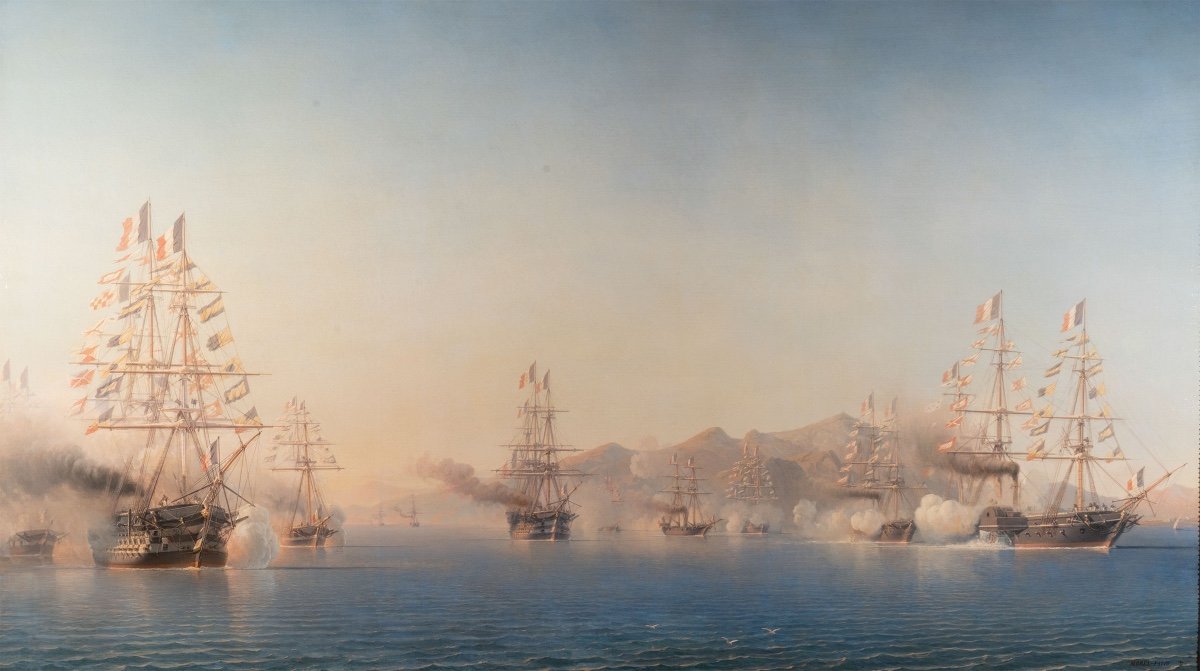
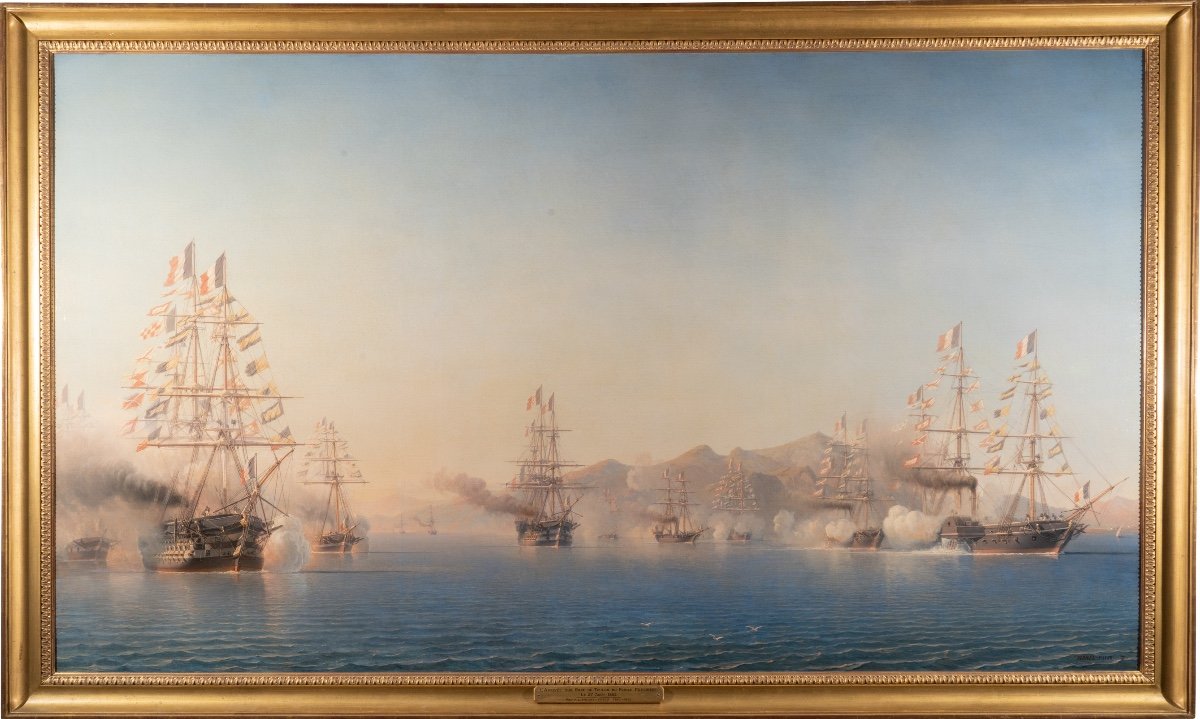
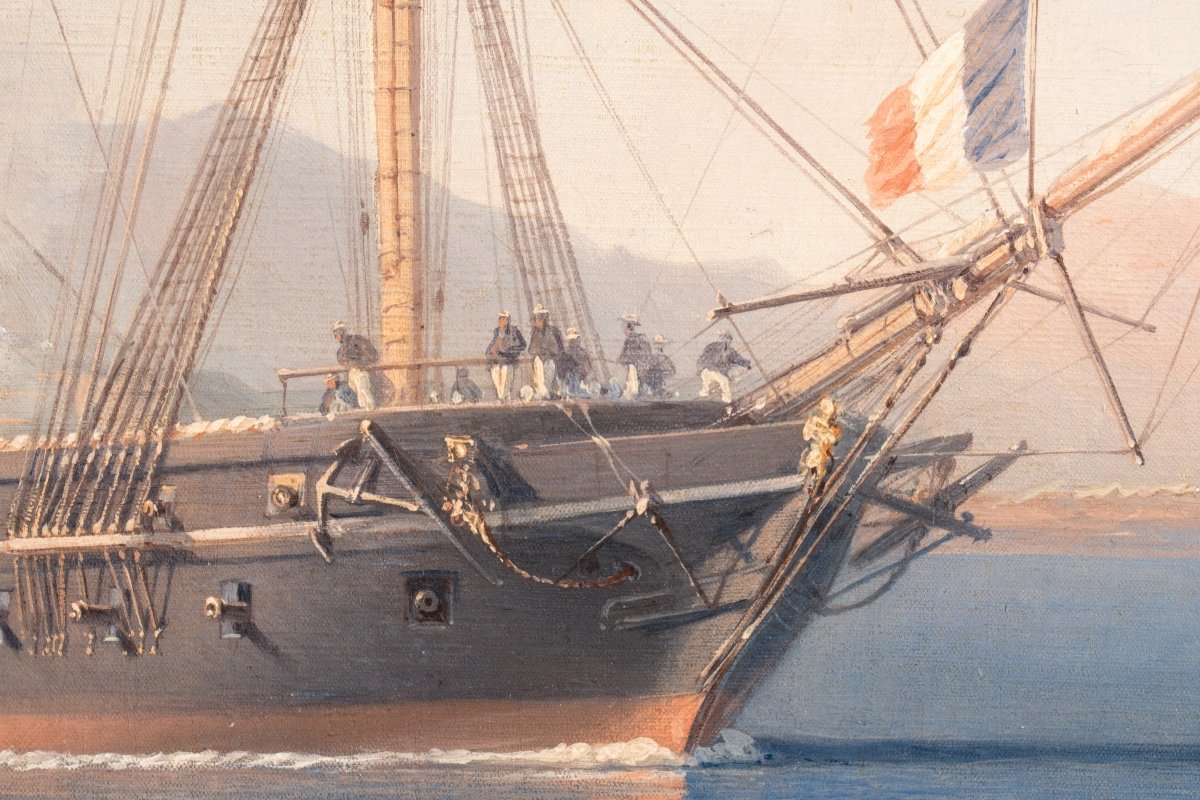
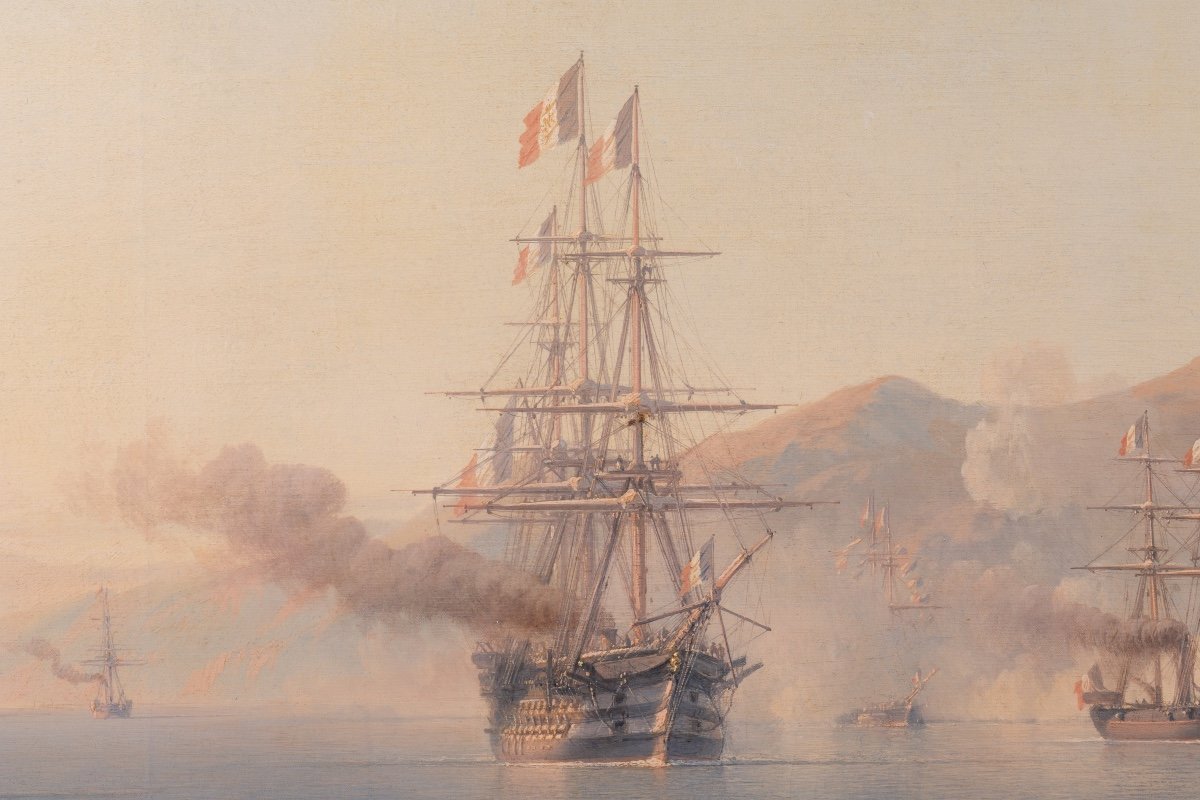
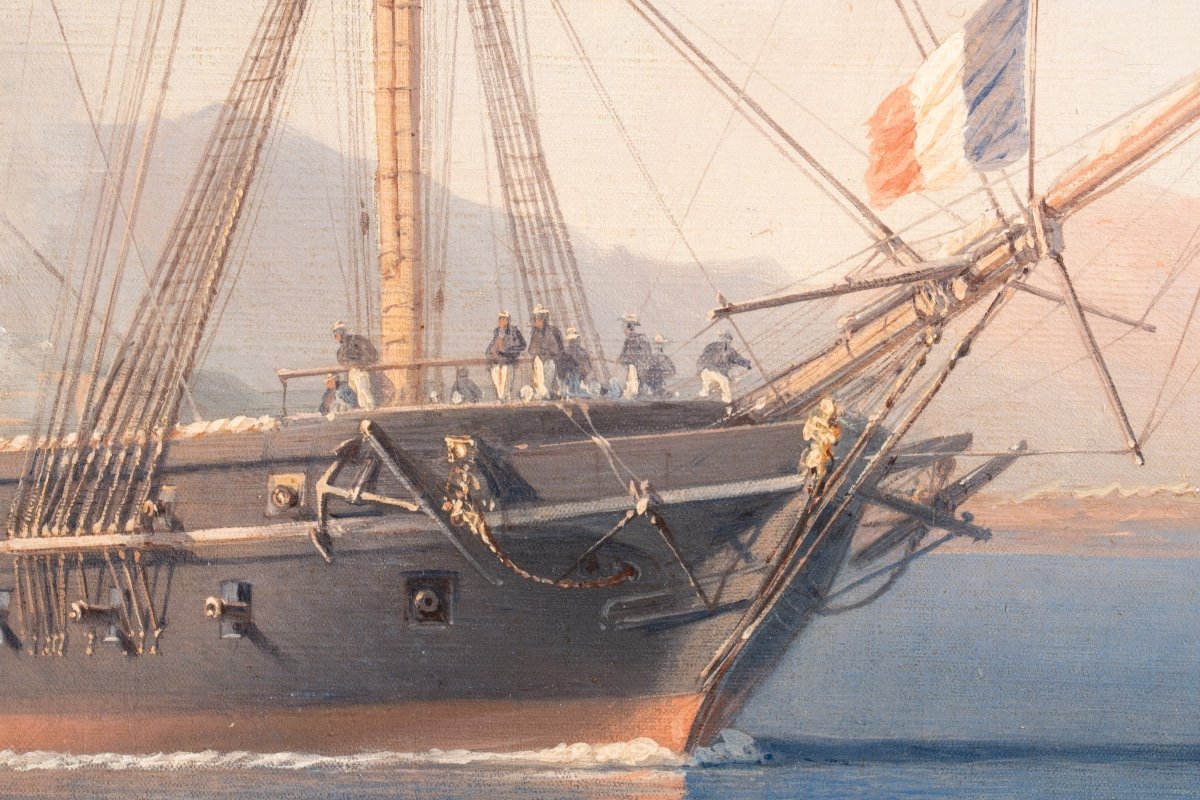
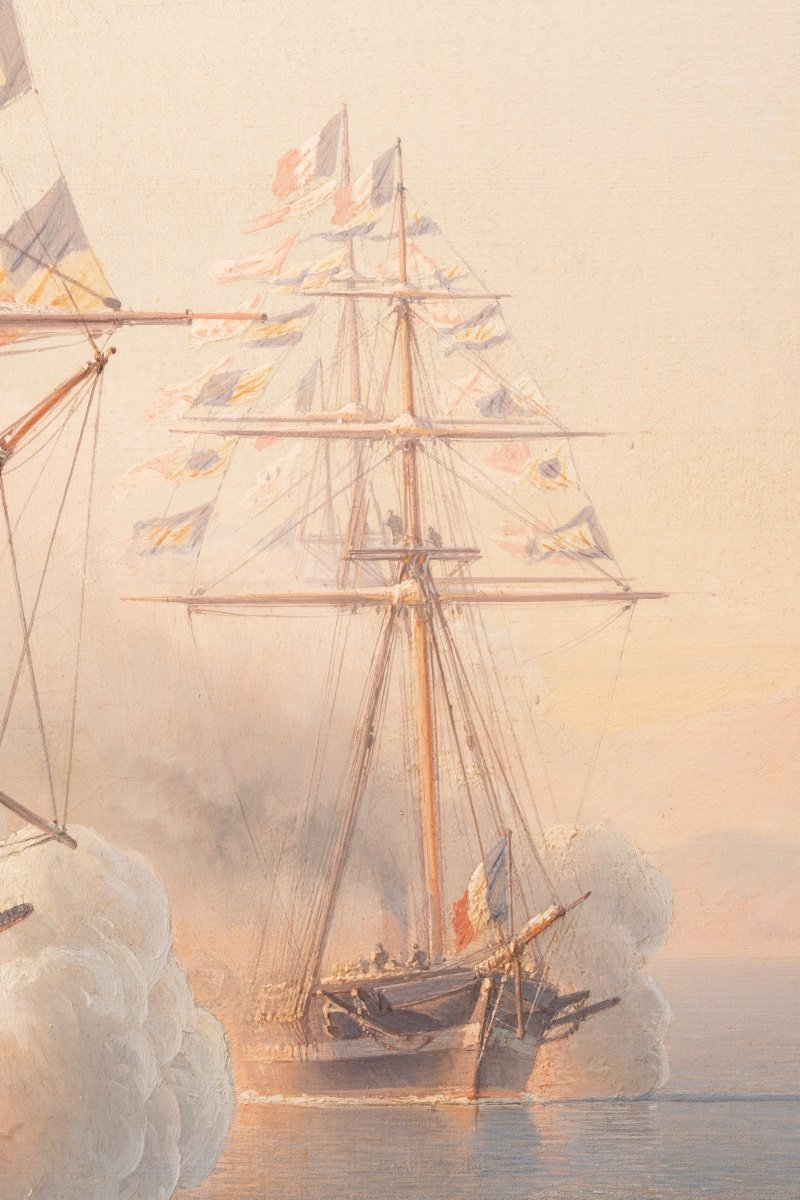
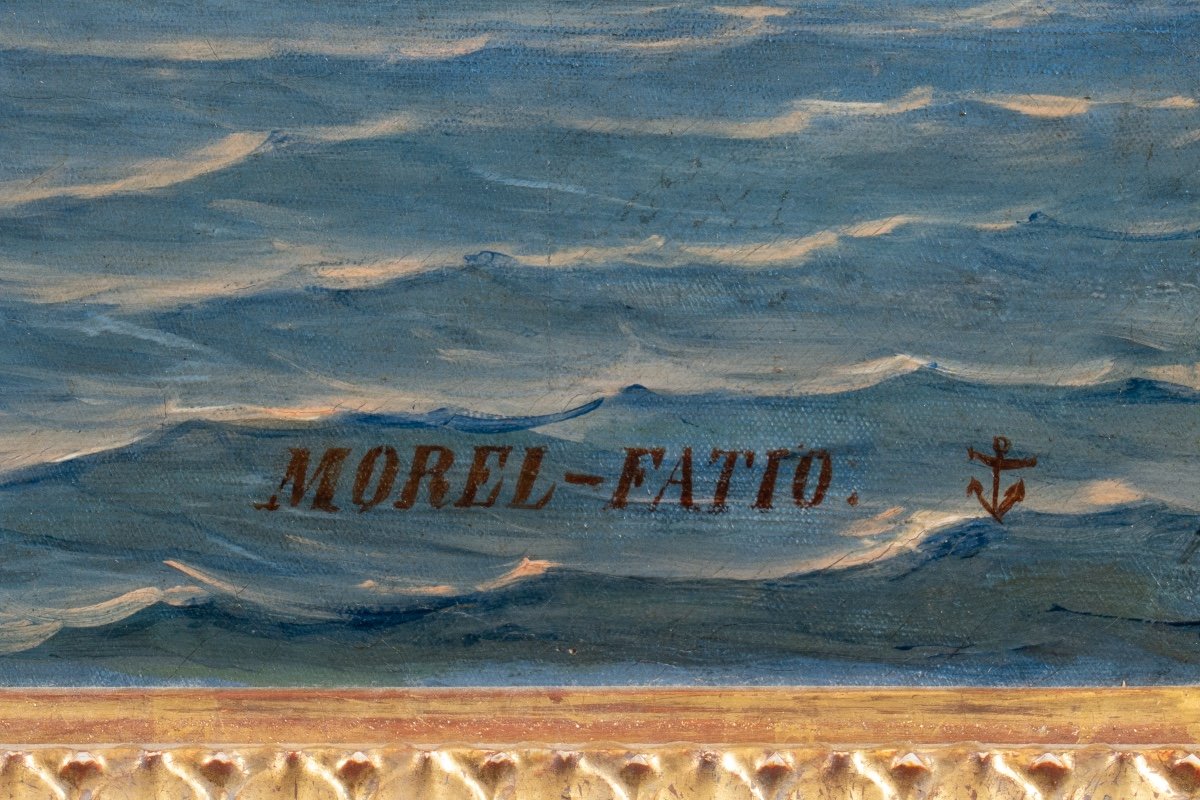
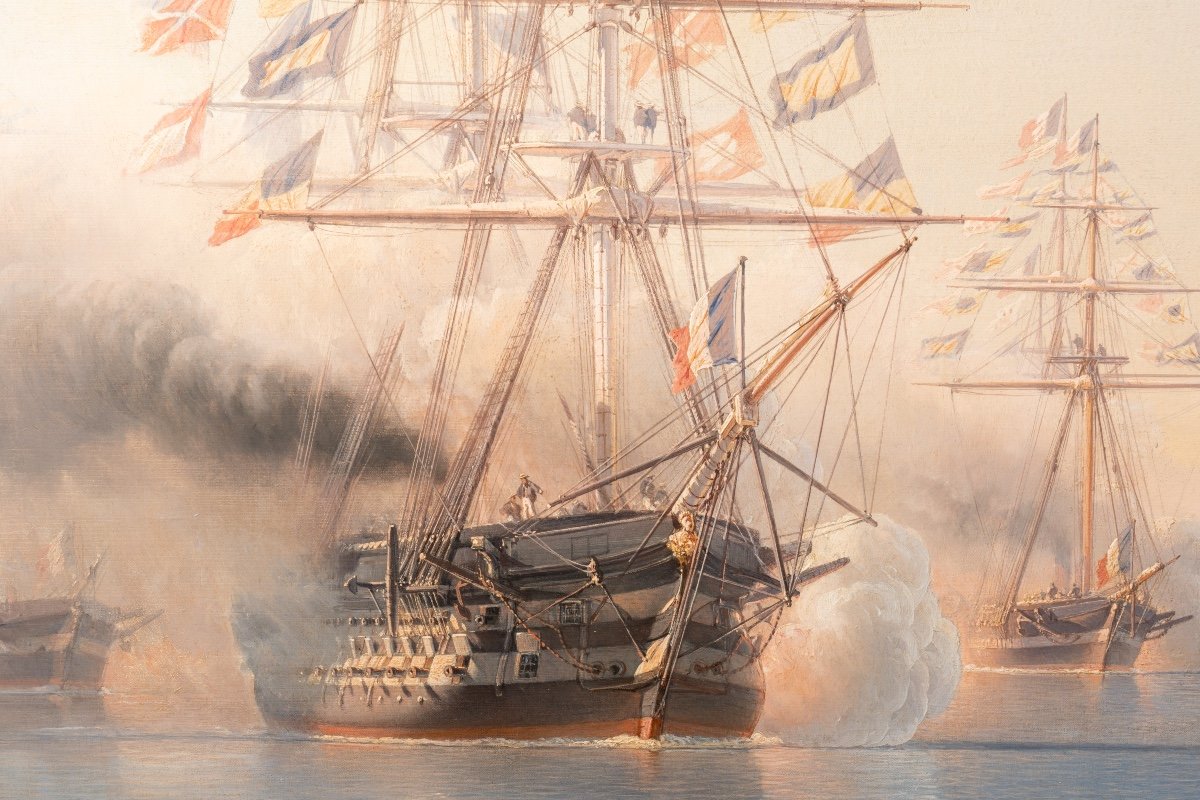
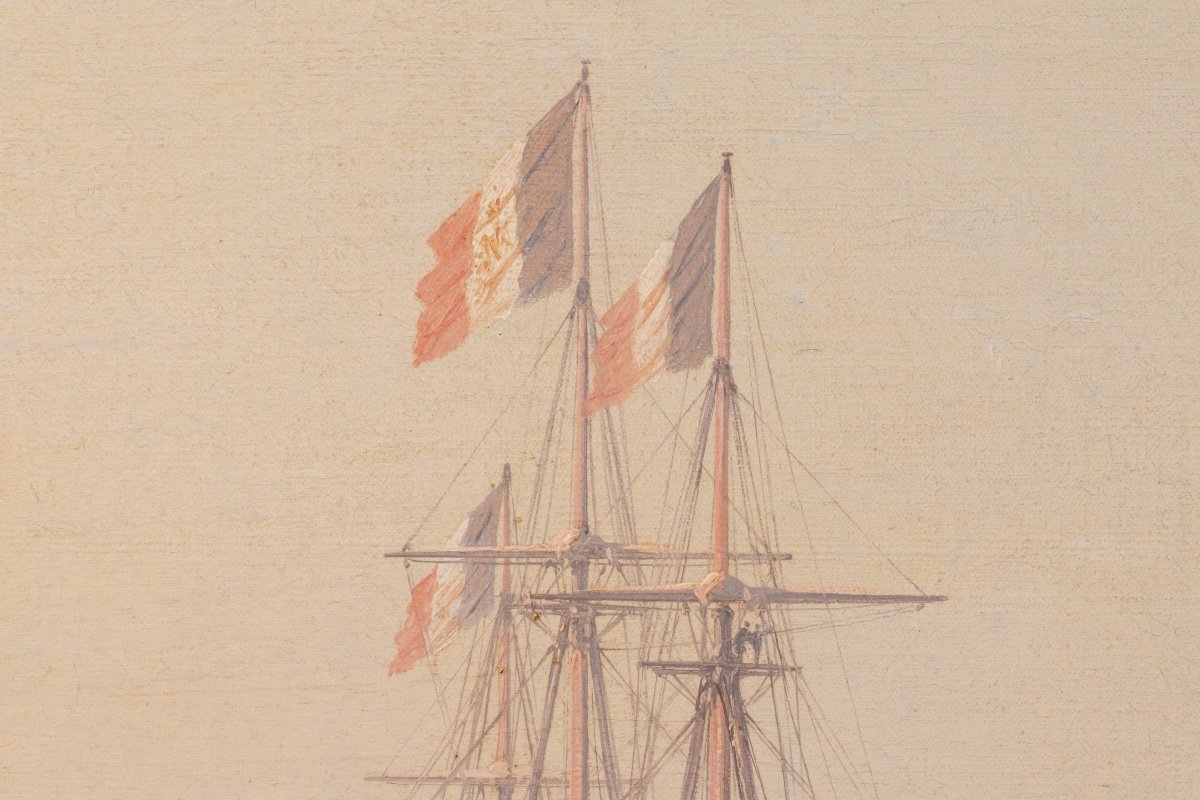
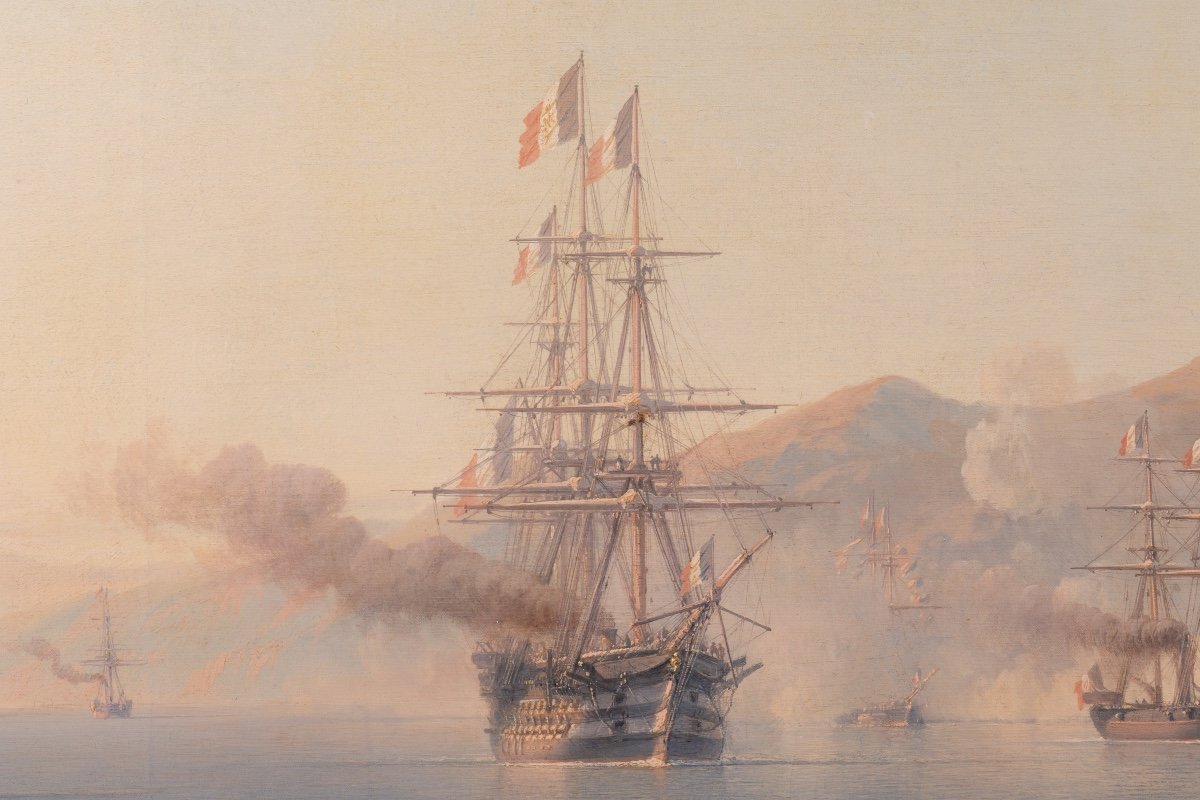
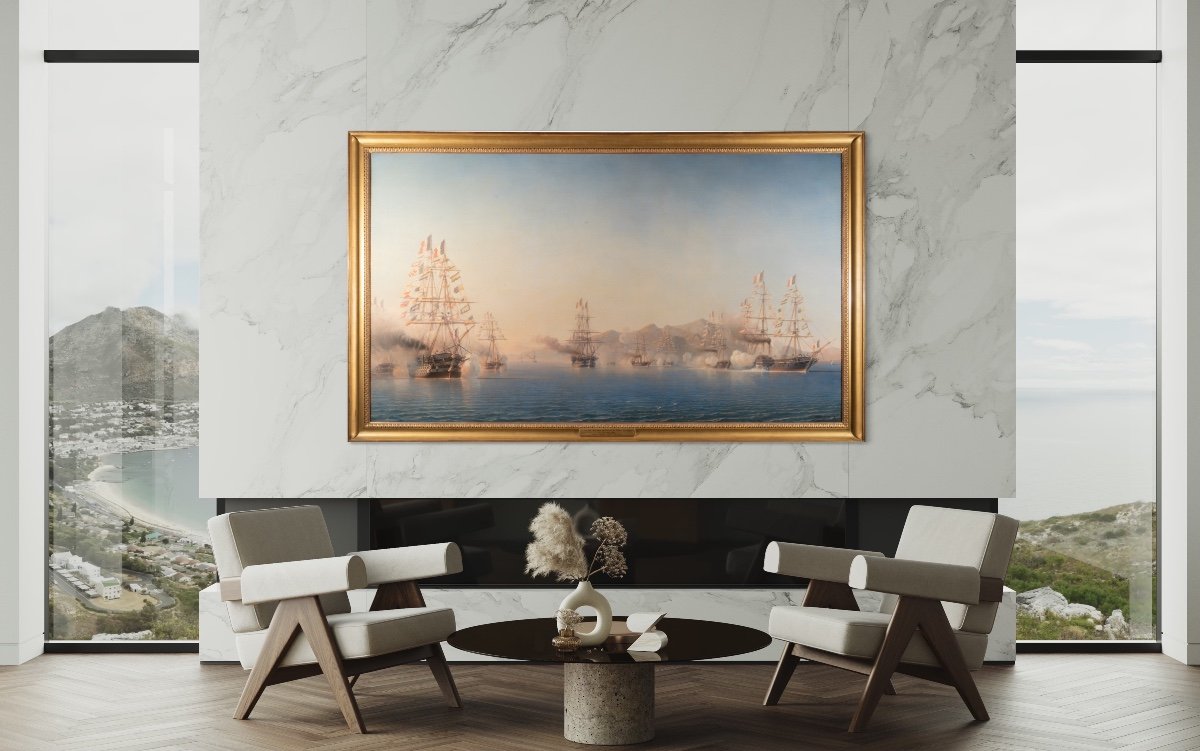



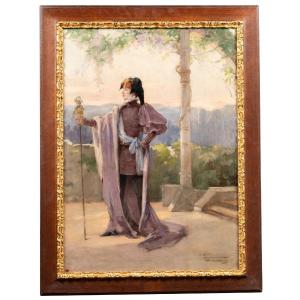



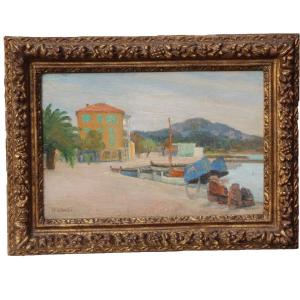


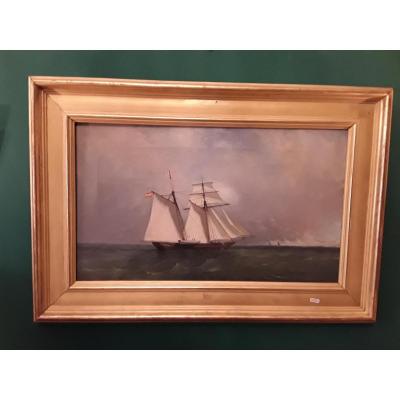
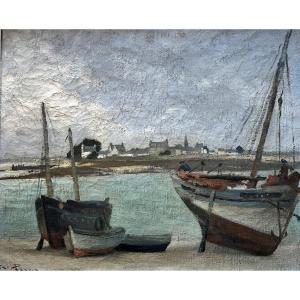



 Le Magazine de PROANTIC
Le Magazine de PROANTIC TRÉSORS Magazine
TRÉSORS Magazine Rivista Artiquariato
Rivista Artiquariato
